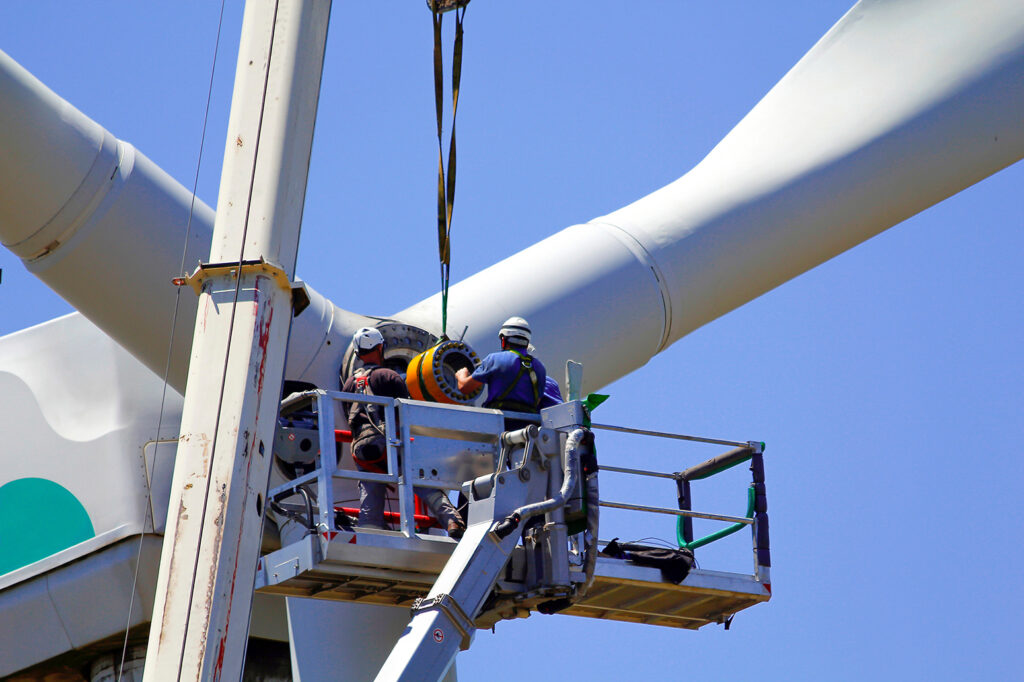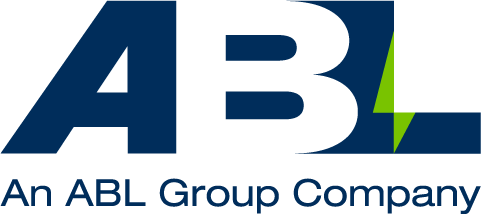Powering the future: Why smarter asset tracking matters in the renewables sector
As the global renewables sector accelerates, so does the complexity of managing thousands of high-value assets across wind farms, solar installations, and offshore infrastructure.
From turbine blades and nacelles to subsea cables and maintenance tools, the ability to track and manage these assets efficiently is becoming a critical success factor for developers, operators, and service providers alike.

Why asset tracking is crucial in renewables
In traditional energy sectors, asset tracking has long been a cornerstone of operational efficiency. In renewables where projects are often remote and fast-moving, poor visibility into asset location, condition, or usage can lead to:
- Delays in project delivery
- Increased operational costs
- Underutilised or lost equipment
- Compliance and safety risks
For example, a missing turbine component or misrouted cable can halt offshore wind installation for days, costing millions. Similarly, failing to track asset usage can lead to premature wear or missed maintenance windows, reducing lifespan and increasing emissions.
The role of digital tools in solving these challenges
Digital asset tracking platforms, like ABL’s AssetVoice, are helping renewables companies overcome these hurdles. By using RFID tags and automated tracking systems, these tools provide real-time visibility into where assets are, how they’re being used, and when they need attention.
Real-Time asset visibility:
Visualise and filter a list of all your assets, along with their location, project and their current status, leading to:
- A reduction of time to find assets, allowing your teams to focus on their real job
- Visibility of asset status at a glance, whether it is in use or has been sold, allowing faster decision making
- Cost savings due to a reduction of asset loss or theft
Asset utilisation reports:
Track asset utilisation by asset type or asset owning entity and compare performance with previous years, leading to:
- Increased understanding of demand patterns depending on the time of the year and global region to inform business strategy
- Informed decision making on when assets need maintenance, based on their level of usage
- Under-utilised assets identified to lower pricing and maximise utilisation and ESG goals or to sell underperforming assets
Project planner:
A project planning calendar allows you to visualise all historical asset usage, current usage and future reservations for each project. You can see the forecast and actual revenue shown for each asset with asset rates. This is great for companies that rent assets to the renewables sector as it:
- Enables contractual compliance by ensuring your customers are charged based on agreed rates
- Reduces average time to payment KPI by attaching exported data to your invoices, so your customers have full visibility on daily billing
Asset planner:
An asset planning calendar allows you to visualise all historical asset usage, current usage and future reservations, helping to:
- Ensure that contractual obligations for delivery and use of your assets are met
- Ensure future demand is understood, so that CAPEX spending decisions can be made to acquire more assets to meet demand
Asset workflows:
Digital asset tracking platforms like AssetVoice can be customised by users using workflow builders to create workflows that tracks assets from acquisition to decommissioning. Checklists can be added to each workflow step as well as email or app notifications. This helps to:
- Ensure assets follow pre-determined workflows to comply with business processes, customer requirements or legal obligations
- Improve team productivity by integrating any paper based or Excel checklists into the workflow
- Increase team responsiveness to critical events, by notifying them by email or with a mobile app notification
In summary, smart asset tracking supports:
- Better financial planning through accurate utilisation data
- Improved ESG performance by reducing waste and promoting reuse
- Faster decision-making with up-to-date asset status and availability
- Enhanced compliance with built-in workflows and audit trails

AssetVoice in practice
Leading energy industry specialist, Motive Offshore Group, uses AssetVoice to automate and digitise its extensive pool of rental equipment, which is utilised by operators and supplier companies in the renewables, maritime, and oil and gas industries.
“Digitalised equipment unlocks significant benefits for our clients and Motive, such as increased sustainability through ESG analysis, improving operational efficiency through more informed decision-making, and automated financial tracking to calculate accurate utilisation cost.” – Ross Whittingham, Technical Director at Motive Offshore Group.
ABL’s Asset Integrity Management at Global Offshore Wind 2025
As the renewables sector continues to mature, digital tools like AssetVoice will become even more essential. If you’re attending Global Offshore Wind 2025, come visit us at Stand G60 to explore how digital tools like AssetVoice are shaping the future of clean energy operations.
ABL’s Hossein Ghavimi, AIM R&D Manager, will be on hand to discuss how AIM strategies and software can support your projects.
